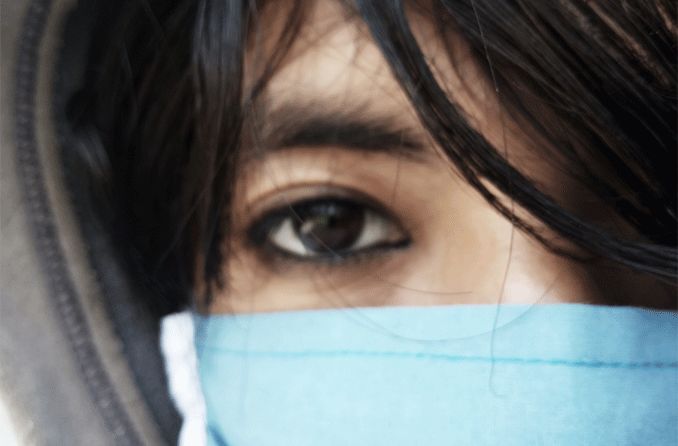Blurry Vision and the COVID-19 Coronavirus

It has been established that COVID-19 can affect the eyes, but can the coronavirus cause blurry vision? From what is currently known, COVID-19 does not appear to cause blurry vision — at least not directly. What COVID can cause, is viral conjunctivitis (pink eye) or symptoms that closely resemble it.
In some cases, conjunctivitis or similar eye irritation can lead to mildly blurry vision.
Other symptoms of pink eye can include:
Clear, watery eye discharge
A scratchy feeling in your eyes
Blurry vision from conjunctivitis, whether caused by COVID-19 or other viruses or bacteria, is usually mild and intermittent. Thick eye discharge — whether white, gray, yellow or green — may not be a symptom of COVID but it is often a sign of bacterial conjunctivitis.
Regardless of what may be causing your symptoms, if you experience any major changes to your vision or to the color or consistency of your eye discharge, you should be examined by an eye doctor.
| Is your vision blurry? |
|---|
| Your blurry vision is likely not related to COVID-19. If you're experiencing sudden or unexplained blurry vision, you need to see a local eye doctor as soon as possible to find out the cause. |
How often does this happen?
It’s hard to say exactly how frequently COVID-19 causes conjunctivitis. Some studies have shown that conjunctivitis is rarely caused by the coronavirus, while other reports suggest pink eye accompanies COVID-19 relatively often:
31.6% of patients — nearly one in every three patients — had pink eye-like symptoms in one study based in Hubei Province, China.
21.5% of patients in another study from Turkey had eye redness. However, only 4.8% of patients reported blurred vision.
A third study of patients in Wuhan, China showed that 5% had “conjunctival congestion” — visible irritation of the white part of the eye.
Other research of patients across mainland China shows only 0.8% of patients had conjunctival congestion.
It’s important to note that, apart from the Turkish study, we don’t know exactly how many patients experienced blurry vision along with their conjunctivitis-like symptoms.
Eye irritation aside, COVID is also known to cause extreme fatigue — sometimes even hallucinations — in people who are symptomatic. Both of these can affect the way our brains process vision, and may also lead to some level of blurred or fluctuating vision as a result.
RELATED READING: Eye soreness and the coronavirus
Takeaways
While COVID-19 hasn’t quite been shown to cause blurry vision directly, it may lead to some blurred vision as the result of another COVID symptom, like pink eye or fatigue.
Blurry vision can, and has, occurred in conjunction with other eye-related symptoms, so it’s one of many things to keep in mind if you think you may have COVID-19.
When to seek medical attention
COVID-19 can be life-threatening. Whether you or someone you know has COVID, always stay mindful of the warning signs that the condition could be worsening. The Centers for Disease Control and Prevention (CDC) list any of the following symptoms as reasons to seek emergency medical care:
Difficulty breathing
Persistent pain or pressure in your chest
Any new confusion
An inability to wake up or stay awake
A bluish color in your lips or face
Any other symptoms that are “severe or concerning to you”
For up-to-date guidance and information about the COVID-19 pandemic, visit the CDC website.
READ NEXT: Eye problems that could be related to COVID
Page published on Monday, January 4, 2021
Medically reviewed on Monday, May 10, 2021






